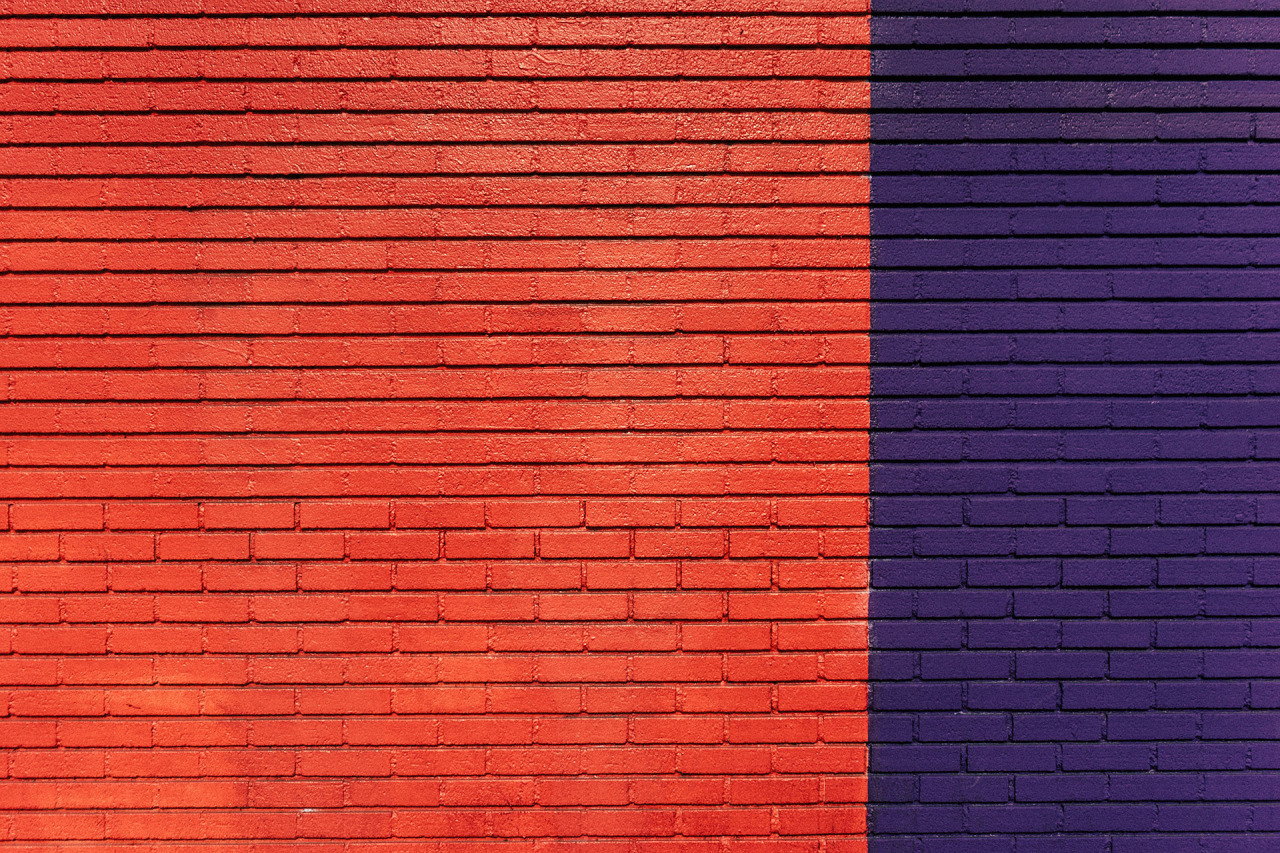photo credit: Jay Mantri
Products have always been more useful if they are intrinsically built simple. I haven’t heard of a single good product where people say “The interface is really difficult to use.” A product that works well but is touch to use is like a colleague with whom you work everyday, say the right things, do the right stuff in a very formal, structured approach.
A product that is easy and simple to use is like your best friend. You get the job done, but it’s like a weekend with beer and a movie playing. It’s just better.
[tweet this]
This is achieved by good design. And there are a lot of things good design is, and lot of things it isn’t. Just like in good design, where we need to focus on what is not needed, before we figure out what is, it’s important to understand what design isn’t before we understand what it is.
What design isn’t
- Design is not (just) about the right colors. How many times have you heard “Add some red to it” or “I like magenta, lets use magenta”. I believe choosing the right color is the last stage , even in visual design. It is so important that its a separate stage by itself in the design journey. Picking the right color is not the entire design journey by itself, just one part of it.
- Design is not how it feels. It’s how it works. While designing products, you might get so immersed in the process, that you leave out users who are going to use your product for the first time. You know the nuts and bolts so well that everything starts feeling right. But does it really work right? Do new users find it easy to use the product for the first time and everytime after that? Test it out with potential users who have never seen your product before.
- Design shouldn’t cater to the entire 100% of the market. It needs to cater to the 90% who will use your product the most. There will always be the corner cases. Enough time needs to be spent on identifying the personas well and marking the flows for 90% and not focussing too much on the 10% corner cases.
- Design is not how nice it looks, its more about how easy it is. Reddit is a classic example of this. It doesn’t look much. But it serves the exact purpose it is built for — posting links, accessing links, discovering stuff. Their users love this and they don’t mess with what works best for them.
What design (possibly) is
I’m writing ‘possibly’ here, because this is not etched in stone. It’s my learning and understanding so far -and you will have your own.
- Good design reveals the shortest path between a user and his objective. (the reason for your user to use your product). Thats the one and only purpose of good design. The rest will fall under ‘nice-to-have’ things.
- Good design makes a user spend less time in your product. (Unless its a content consumption product). Counter-intuitive as it may sound, you really don’t want a user to spend too much time in your product. You have promised him a solution to a problem — solve his problem quickly.
- Good design makes sure your product speaks less and does more. If your product requires a lot of explanation, demos and tutorials — something is not right. If your customer support is working full time, something is not right. All of these are signs of a failure of good design.
- Good design solves problems for the actual users, not for your customer support. It happens quite a few times that in dicussions with the support teams, they put forward compelling reasons for certain features. What needs to be seen is whether this is a feature the support team needs in solving user problems or is it a feature which solves the actual users problem.
See some of the projects I’m working on:
Original article on Medium:
https://medium.com/@shwaytaj/design-isn-t-make-it-pop-8535c90eb42f





